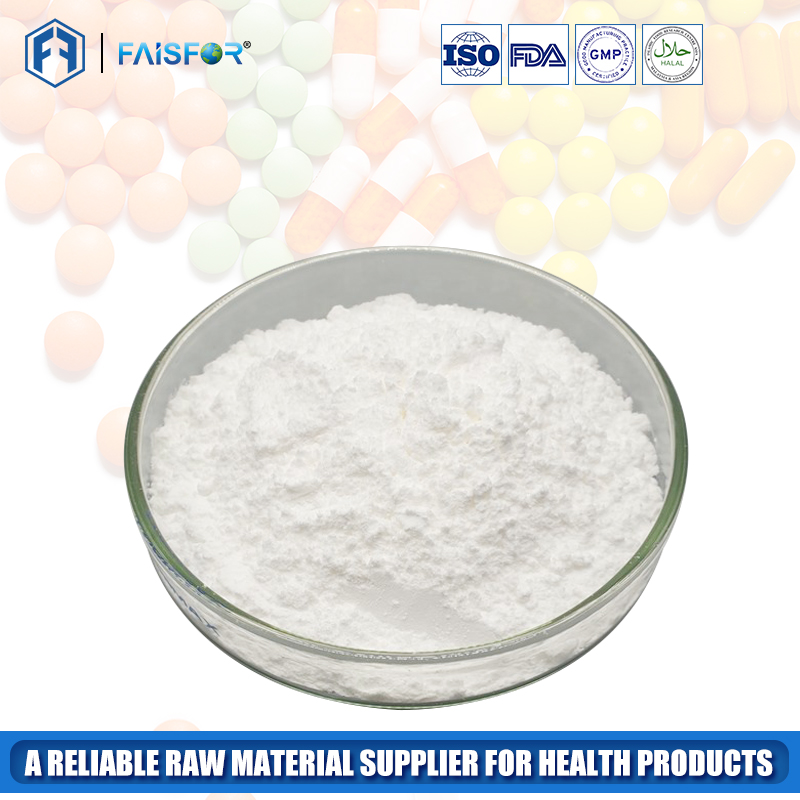Capsule types can be seen in all kinds of medicines we often eat. The ingredients of the drugs are encapsulated in the capsule shell, and they are delivered with the capsule shell. It is estimated that everyone is inquisitive about what these capsule shells are made of. What about? Will it be harmful if it enters the stomach with the drug? Today, I will take you to learn about several raw materials for the production of capsule shells.
There are several types of capsule shells; one is a gelatin capsule shell, another is a tapioca starch capsule shell, and the other is the latest type of pullulan, which will be introduced to you one by one.
1. Gelatin capsule shell: It is mainly made of leather products from small animals. Because it contains animal components, there may be amino acid cross-linking reactions, and there is a risk of zoonotic infectious diseases such as mad cow disease and foot-and-mouth disease.
2. Hypromellose capsule shell: The raw materials of hypromellose hollow capsules are derived from plant, non-animal sources, which completely isolates the problem of disease residues that may be caused by animal-derived raw materials.
But now, we have found pullulan in capsule shells as a more stable property.
- Pullulan is a linear exopolysaccharide produced by A. pullulans fermentation of steep corn liquor. The particular connection method and molecular structure make it have unique physical and chemical properties, such as adhesion, plasticity, degradability, oxygen barrier, film formation, safety, and non-toxicity. The outstanding feature of pullulan is good film formation, its oxygen barrier is 250 times that of HPMC capsules and nine times that of gelatin capsules, which can better avoid the oxidation of drugs, and there is no risk of cross-linking of amino acids, even at high temperatures. The chemical properties are stable, the drug release rate is steady, and the individual differences are slight, which is incomparable to cellulose and starch. Pullulan polysaccharide hollow capsules also conform to today’s consumer groups advocating nature, different from traditional animal-derived tablets, and have been recognized by the international Muslim, Jewish, and vegetarian associations. In addition, pullulan can also be used in the production of coating agents, which can increase the bonding strength of tablet components, improve impact resistance, prevent rupture, and improve oxygen barrier properties and drug stability. The pullulan polysaccharide and the drug are mixed to make microcapsules or microparticles, the drug can be dissolved in the predetermined area of the gastrointestinal tract, the contents are slowly released, and the efficacy of the drug can be improved. The α-1,6-glycosidic bond in the pullulan structure cannot be decomposed by digestive enzymes in the human body, so it is digested very slowly in the human body and is not easily absorbed, and can only be excreted through the intestinal tract.
Our company was established in 2005, specializing in the research and development, production, and sales of raw materials for health products. We have a relatively advanced technology in the production of pullulan, which ensures that the capsules have significant advantages in water absorption, friability, air permeability, etc… Of course, we can provide OEM and ODM services according to your needs.


